Sea turtles
Hawksbill and green turtles
The green turtle: Chelonia mydas, and the hawksbill turtle: Eretmochelys imbricata, both members of the Cheloniidae family.
Turtles are present all year round. Hawksbill turtles lay their eggs from October to February. Green turtles lay their eggs from June to October.
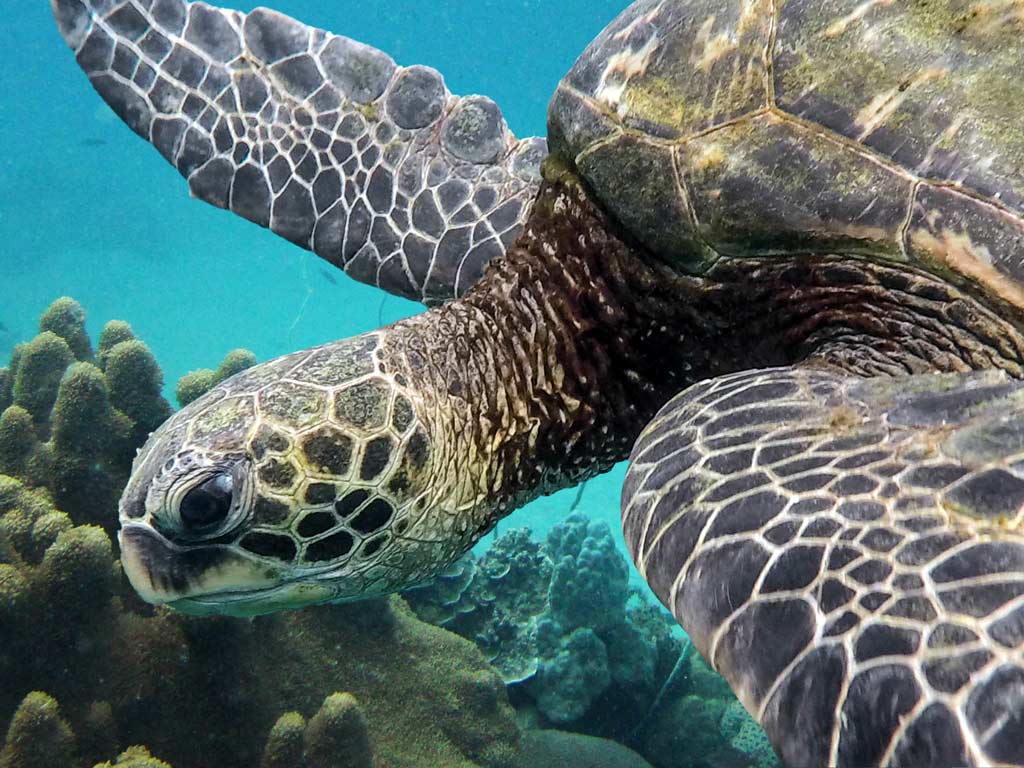
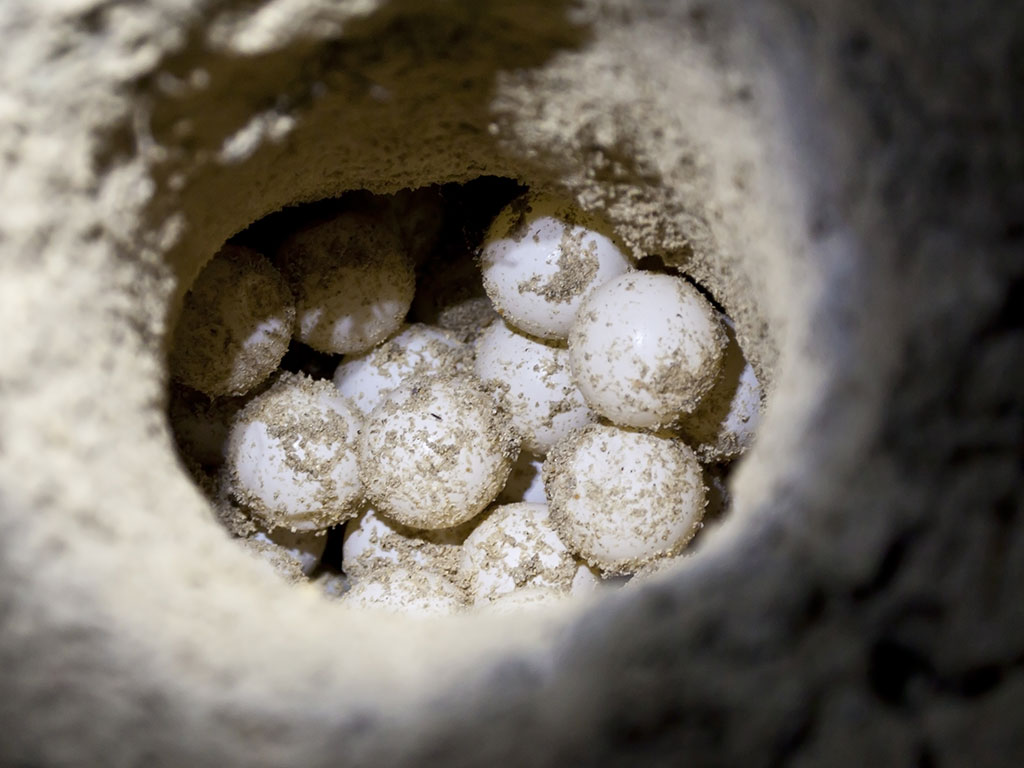
Turtle nesting
They make a hole with their hind legs of around 45-50 centimetres and lay 150 to 200 eggs in it.
Green turtles lay their eggs on the beach of their birthplace, even though they travel several thousand kilometres.
Scientific studies have established that they use the Earth’s magnetic field to find their bearings, but no one yet knows exactly how green turtles find their birthplace.
Incubation lasts around 60 days, and when the baby turtles hatch they take advantage of a high or rising tide to begin their descent into the sea.
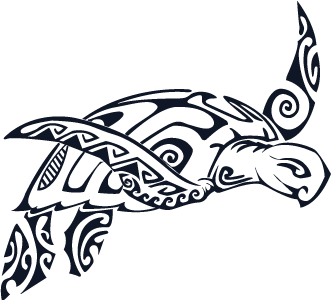
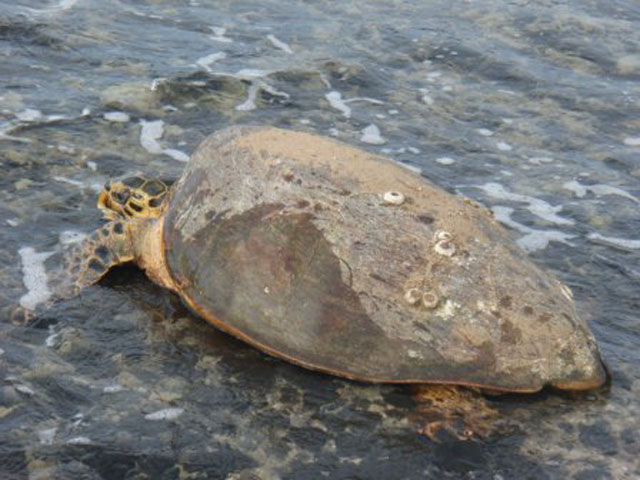
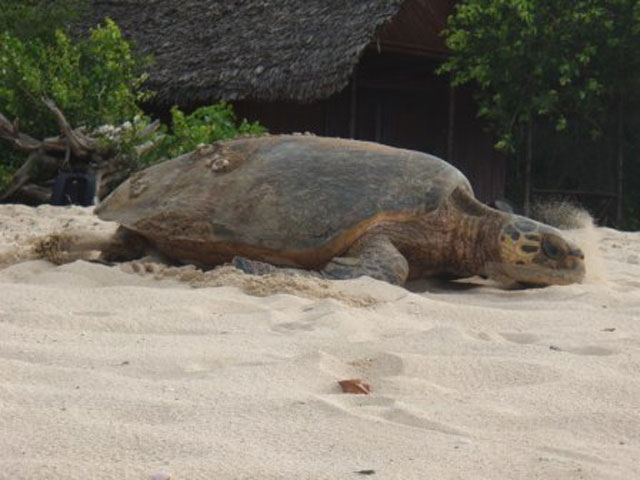
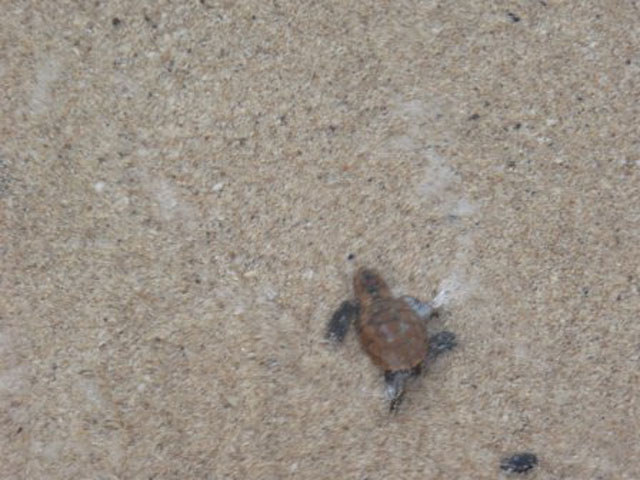
The newborn hawksbill turtle
A vulnerable little turtle, a magnificent and moving sight as it takes to the water for the first time in the immensity of the ocean!
With their overlapping serrated scales, hawksbill turtle hatchlings try to make their way out to sea. They are among the 150 to 200 eggs laid by the mother in the nest.
Found in almost all tropical waters around the world, they feed mainly on coral, jellyfish and sea urchins.
This is why the baby tries to get as far away from the coral reef as possible to increase its chances of survival.
A year later, when its shell has hardened and formed, the young turtle will return to the coral reef.
Out of 200 hatchlings, only 2 or 4 will reach adulthood.
On the island of Ankazoberavina, there are around 160 turtle nests a year.
We try to keep a record of these nests by taking photographs, in order to observe the reproduction cycles.
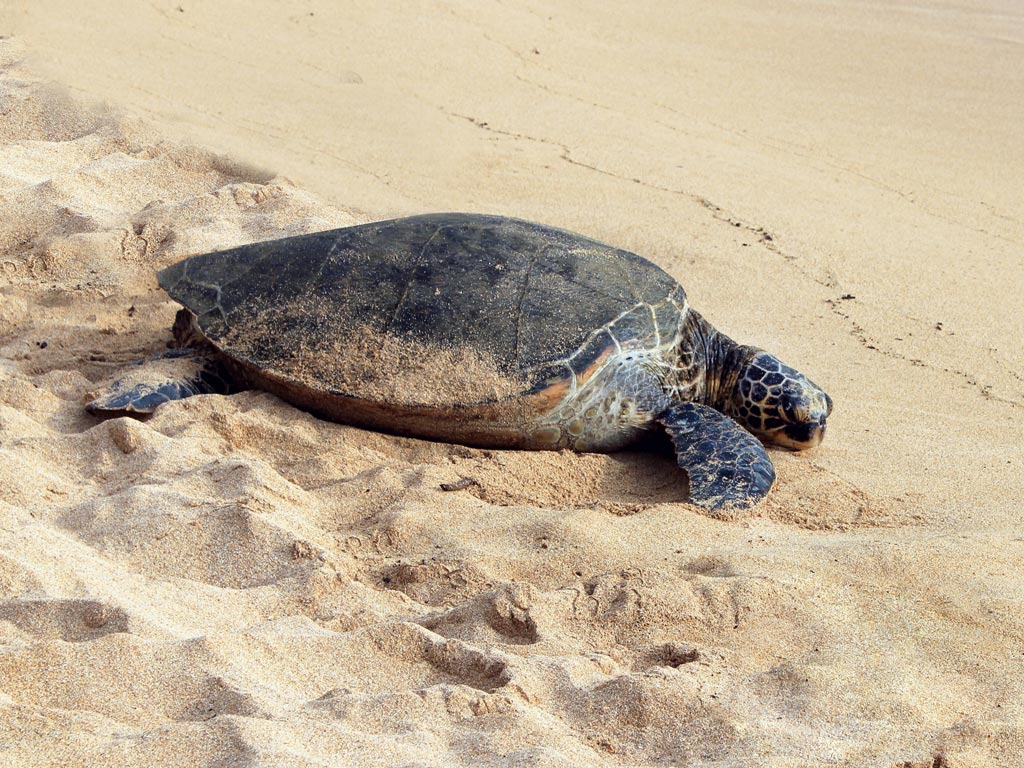
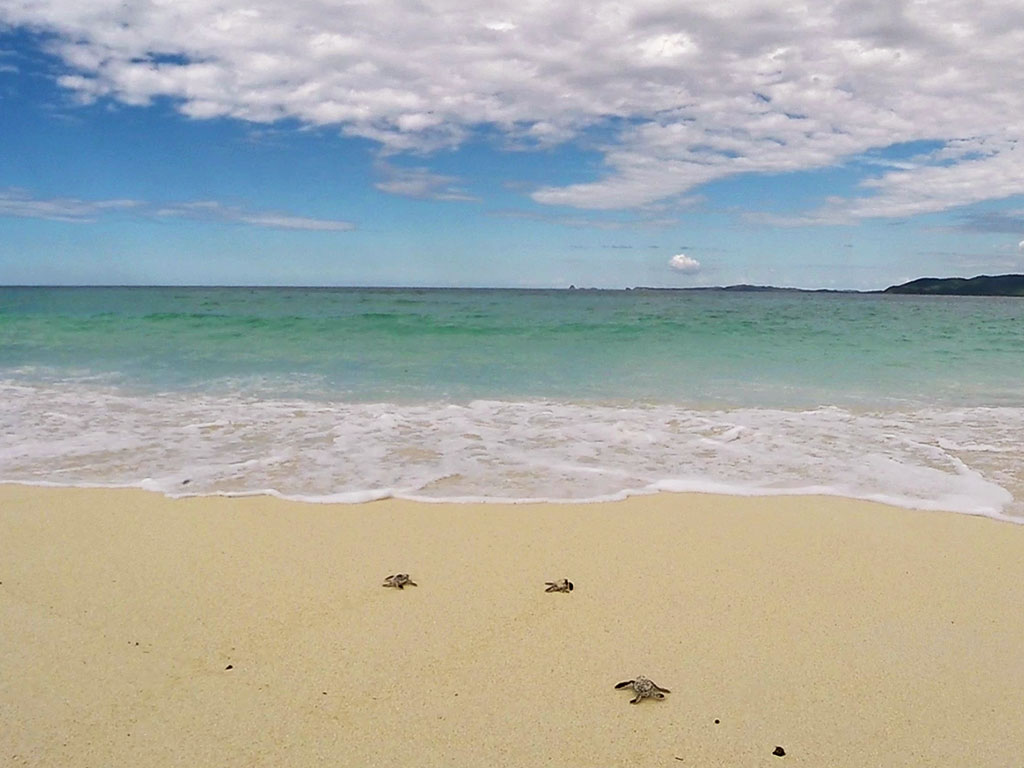
Green turtles hatchlings trying to reach the ocean on their first trip out of the nest.
Even though international trade in turtle shells is now illegal, the global population of these turtles has been declining in recent years: what are the reasons for this?
– Trade: the shell is used for decoration and jewellery, and to make souvenirs and decorative objects (as is the case in Madagascar).
– Pollution: plastic waste and other toxic substances.
– Intensive fishing: gigantic nets and sometimes even dynamite fishing (Asia).
– Some populations eat turtle meat.

Biodiversity
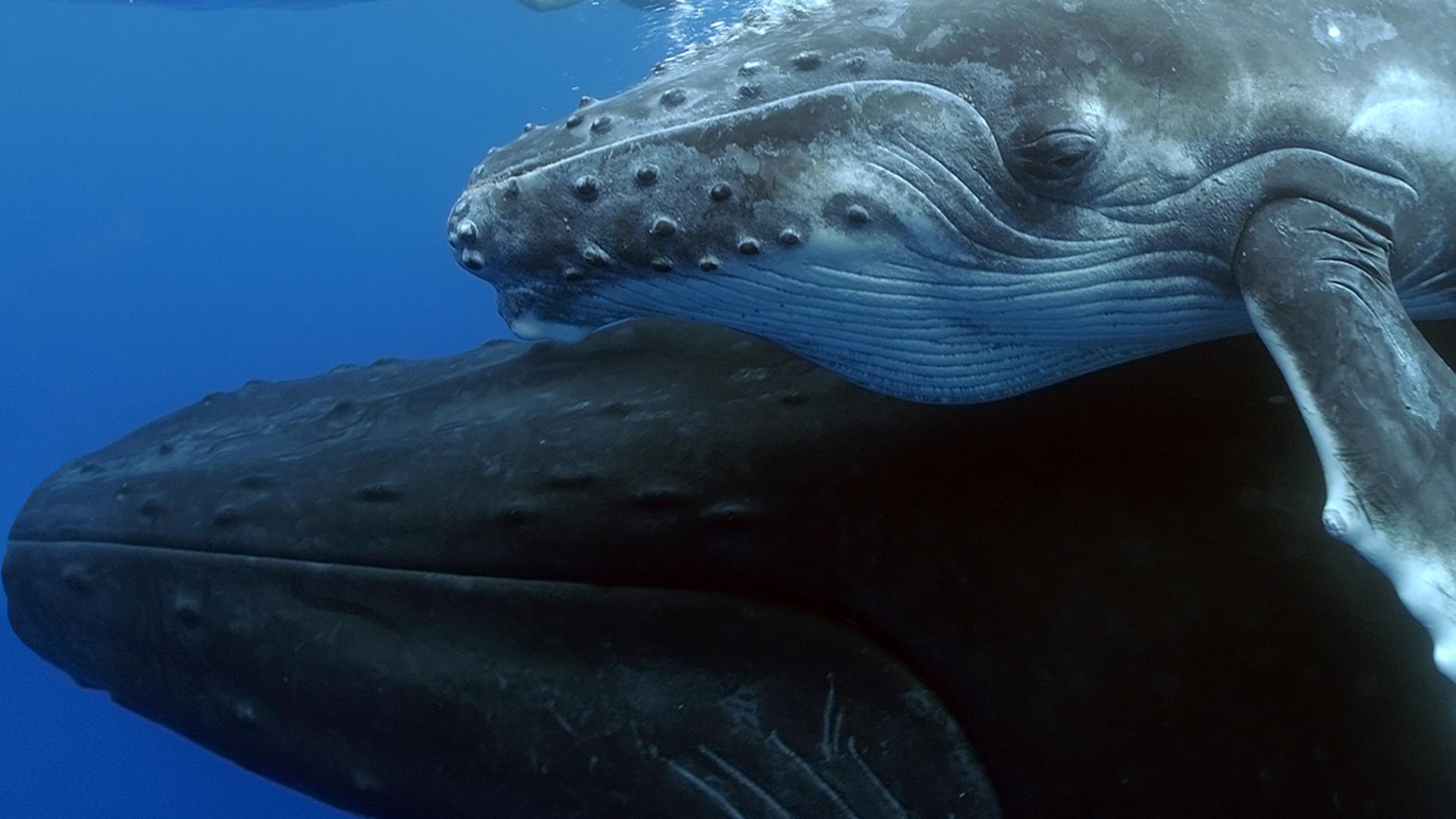
Whale
From August to October, we spot and approach groups of whales without disturbing them.
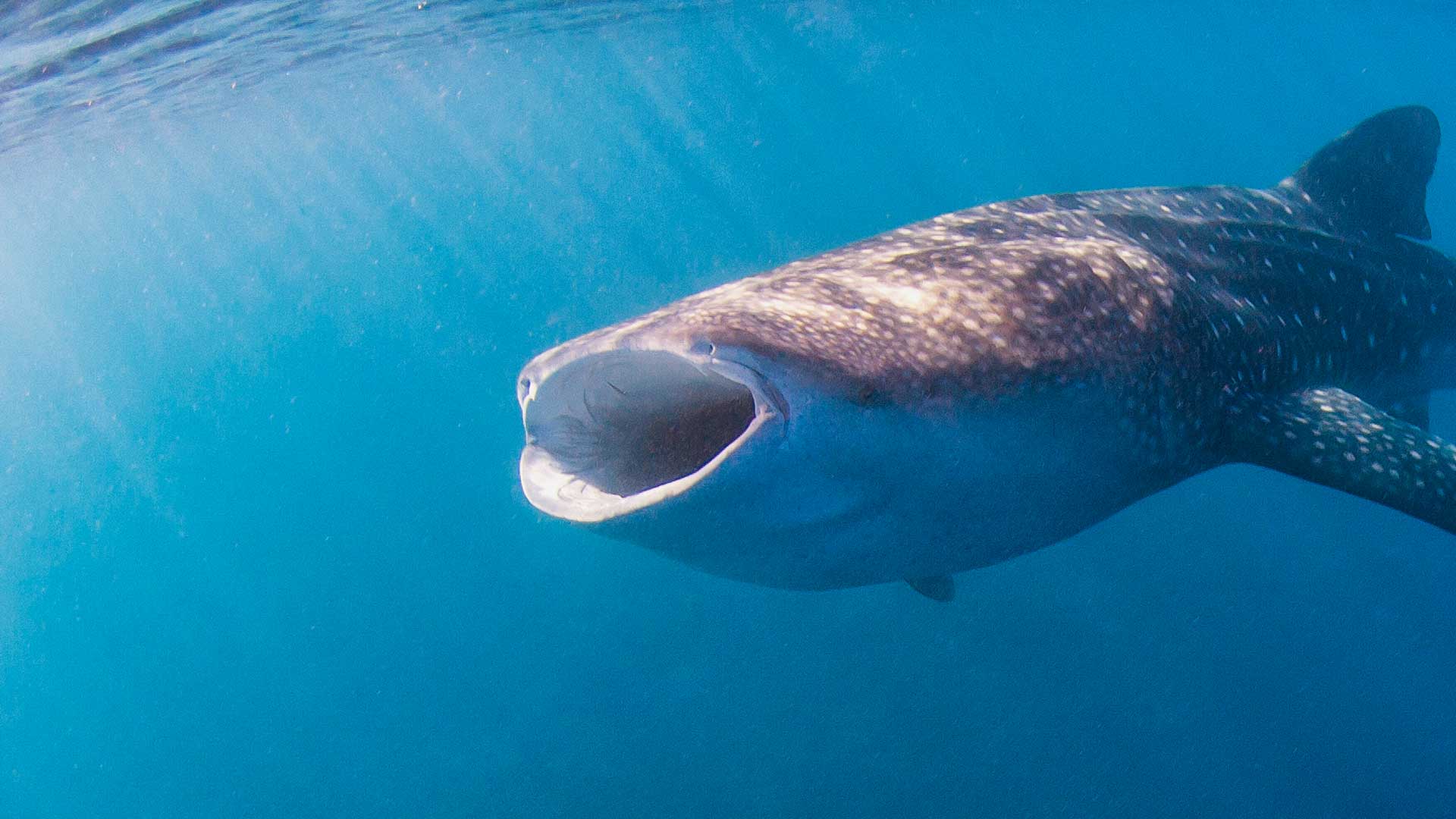
Whale shark
Observe and swim alongside the largest fish in the ocean, the whale shark, Rhincodon typus.
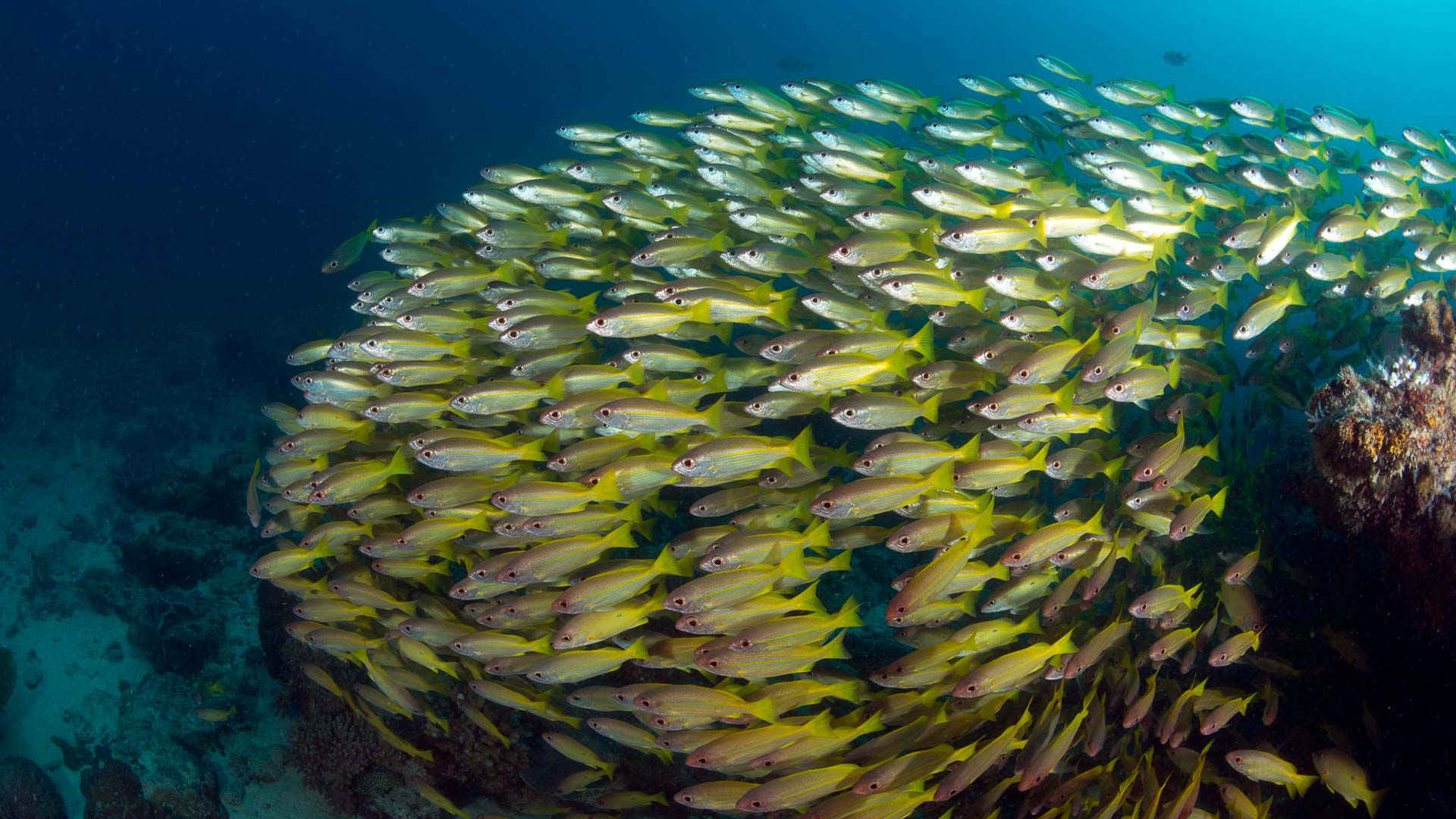
Scuba
Our dives take place in the bay of Nosy Be, more specifically around the island of Ankazoberavina.

